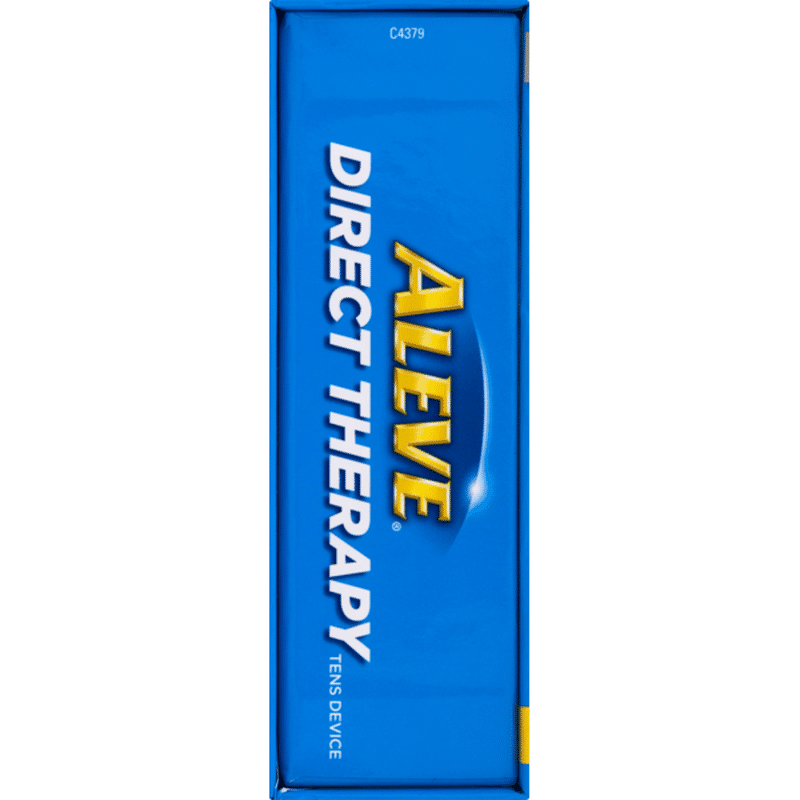
Thoracic outlet symptoms are also common when cervical muscular and ligamentous injury is at its worst.The headaches are treated with anti-inflammatory medications (ibuprofen, naproxen, etc.), heat, massage and movement. The headaches can be quite frequent, even daily, and can range from mild to severe in nature. Headaches emerging from neck dysfunction often begin at the skull base, radiate up over the scalp and produce a pressure-like sensation over the entire head. The headaches can be more prominent and disabling for patients than neck pain and may be their presenting symptom. Chronic muscular tightness is often not recognized until it is longstanding and sufficient enough to cause head pain. The tightness of the neck muscles pulls at their attachment to the skull.
 Headaches commonly accompany this form of cervical spine disorder. Once injury occurs, there tends to be a tightening of the muscles, perhaps as a reflex designed to hold the head and neck stable, but this also creates enhanced muscle tone and discomfort from the chronic muscle spasm. The cause can be injuries to the muscles and ligaments or to the underlying bones and discs. This tends to be a persistent type of pain, often precipitated by injury or overuse. The symptoms are commonly worse with the head and neck in a fixed, or static, position and better with movement, ice or heat and massage. The discomfort can expand out towards the shoulders, but rarely radiates down the arms. Neck pain of soft tissue origin tends to produce symptoms localized to the muscular tissues running up and down both sides of the cervical spine. Causes and Symptoms of Cervical Spine DisordersĪ neurologist looks for one of three types of cervical spine pathologies when evaluating an individual with neck and/or arm symptoms. Almost everyone suffers from some form of neck discomfort on occasion. Certain problems are minor and short-lived, others more disabling, persistent, and threatening. This high level of mobility also encourages premature degenerative changes due to abuse and overuse. The cervical spine is especially vulnerable during traumatic injuries. We often subject our cervical spines to unusual positions while sitting, driving and using the phone or computer. Generally, the anatomy of the cervical spine permits quite a range of flexibility and motion under normal circumstances, however it also allows a vulnerability to a number of physical forces. The cervical nerves supply sensation to the skull and scalp, as well as sensation and muscular control to the arms. Spaces are provided for the cervical nerves to exit the spine at each level.
Headaches commonly accompany this form of cervical spine disorder. Once injury occurs, there tends to be a tightening of the muscles, perhaps as a reflex designed to hold the head and neck stable, but this also creates enhanced muscle tone and discomfort from the chronic muscle spasm. The cause can be injuries to the muscles and ligaments or to the underlying bones and discs. This tends to be a persistent type of pain, often precipitated by injury or overuse. The symptoms are commonly worse with the head and neck in a fixed, or static, position and better with movement, ice or heat and massage. The discomfort can expand out towards the shoulders, but rarely radiates down the arms. Neck pain of soft tissue origin tends to produce symptoms localized to the muscular tissues running up and down both sides of the cervical spine. Causes and Symptoms of Cervical Spine DisordersĪ neurologist looks for one of three types of cervical spine pathologies when evaluating an individual with neck and/or arm symptoms. Almost everyone suffers from some form of neck discomfort on occasion. Certain problems are minor and short-lived, others more disabling, persistent, and threatening. This high level of mobility also encourages premature degenerative changes due to abuse and overuse. The cervical spine is especially vulnerable during traumatic injuries. We often subject our cervical spines to unusual positions while sitting, driving and using the phone or computer. Generally, the anatomy of the cervical spine permits quite a range of flexibility and motion under normal circumstances, however it also allows a vulnerability to a number of physical forces. The cervical nerves supply sensation to the skull and scalp, as well as sensation and muscular control to the arms. Spaces are provided for the cervical nerves to exit the spine at each level. Aleve deep therapy for neck nerve pain series#
The entire series of bones is supported by numerous muscles and ligaments. At each intersection of these seven bones, the cervical discs separate them in the front and the bones articulate with each other in the back.

The top vertebra (C-1) connects with and supports the skull, and the lowest vertebra (C-7) sits just above the level of the shoulder blades.

The cervical spine consists of the uppermost seven vertebrae surrounding and protecting the spinal cord.







 0 kommentar(er)
0 kommentar(er)
